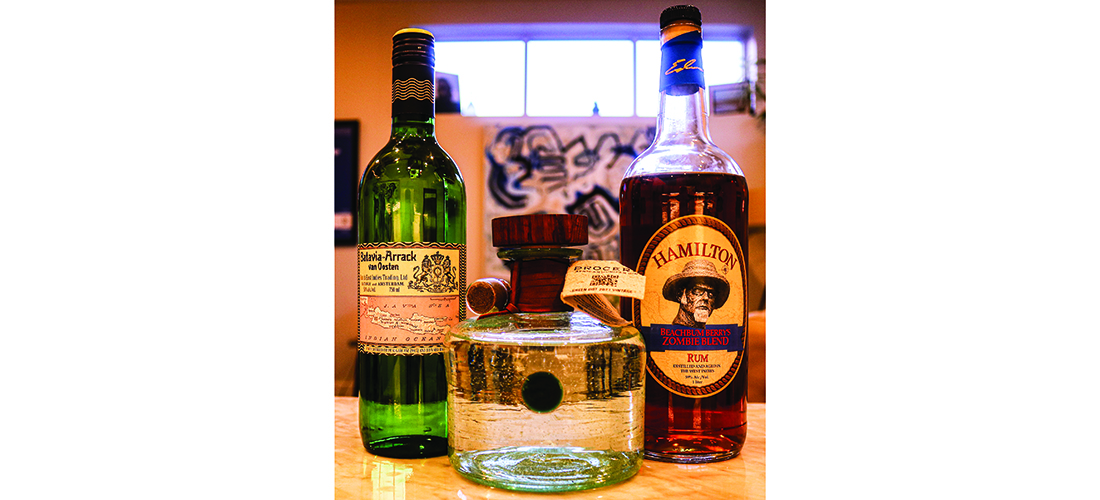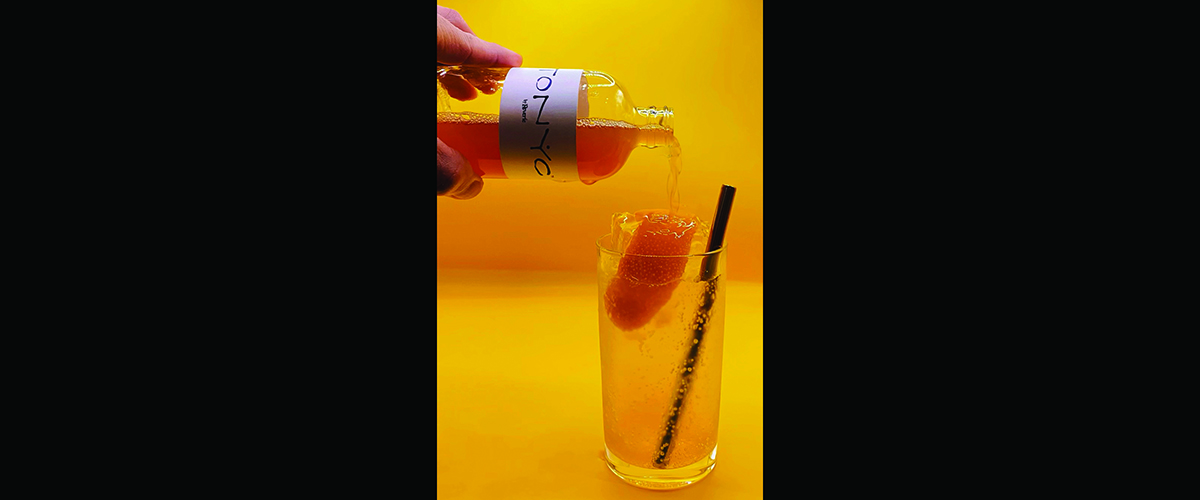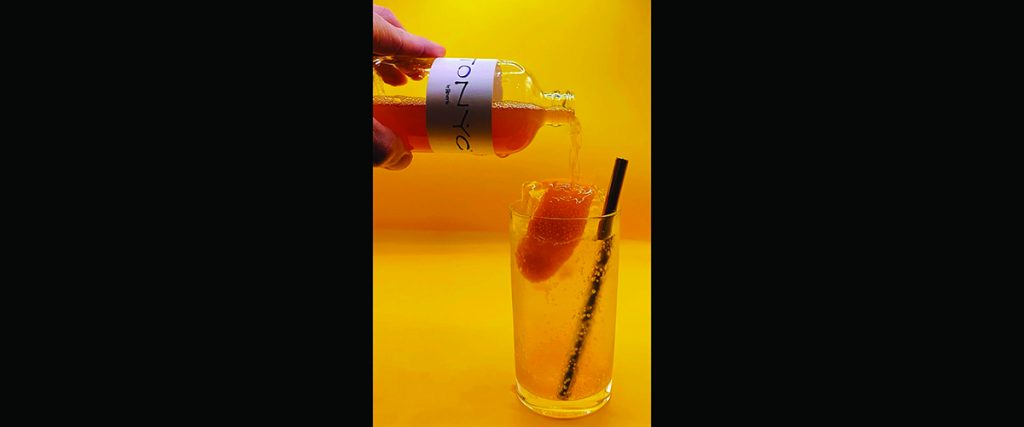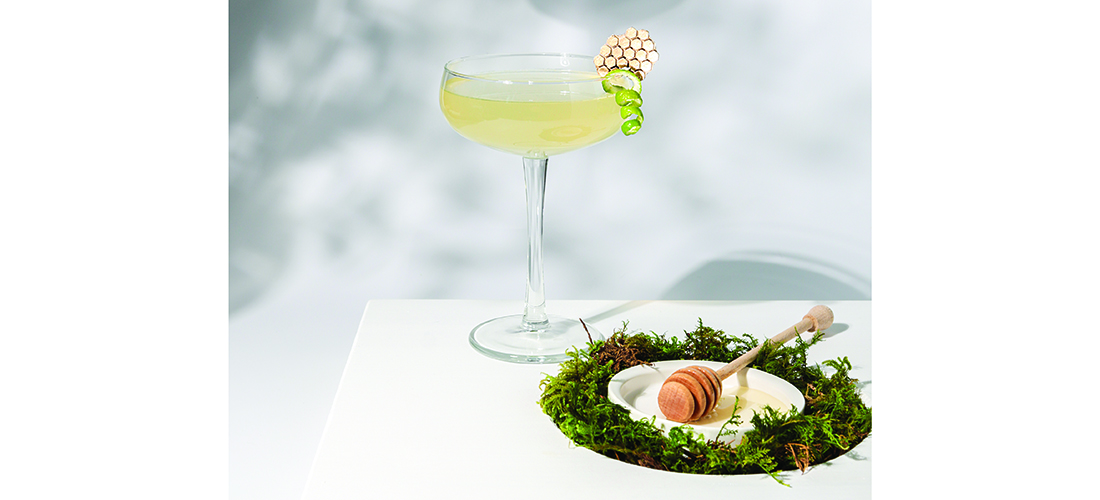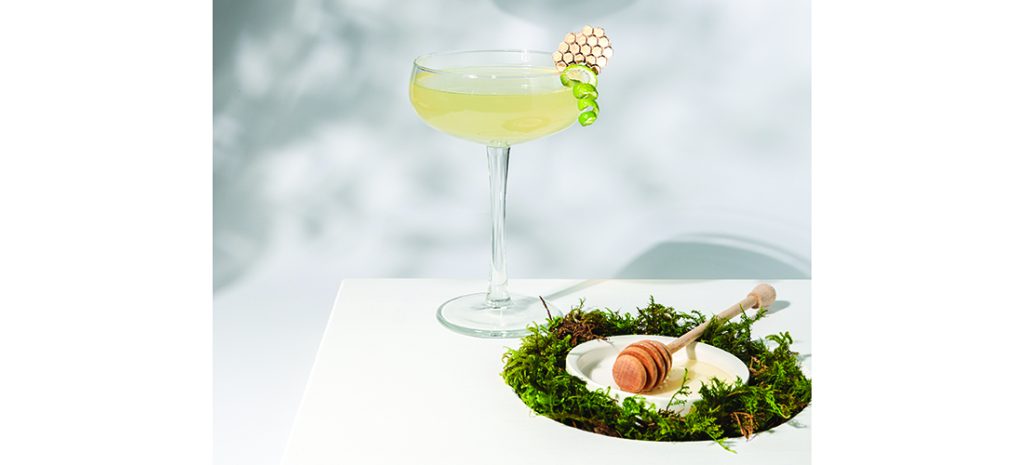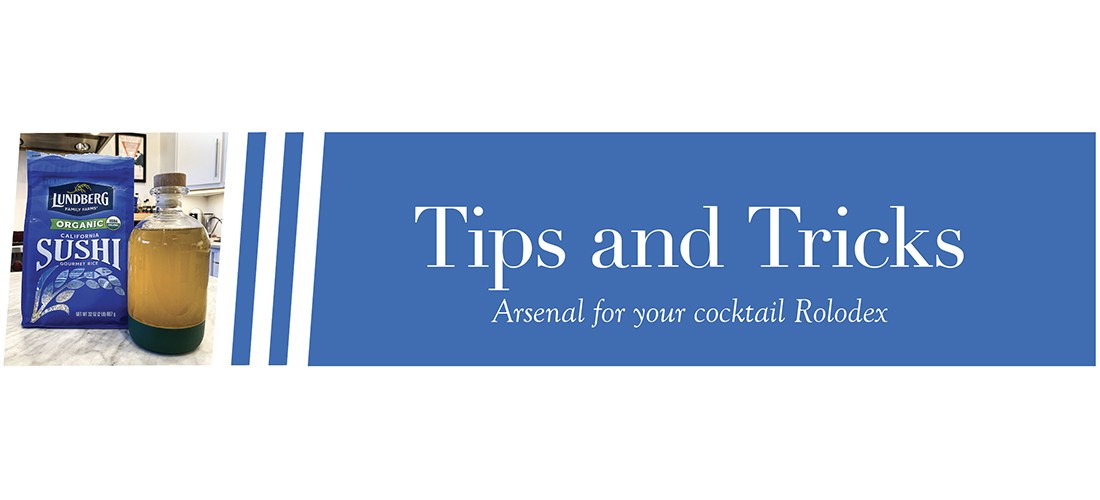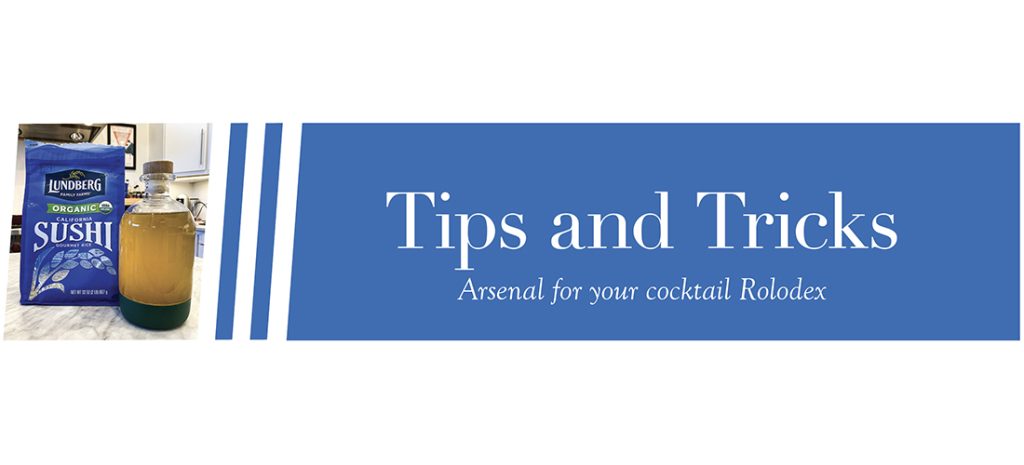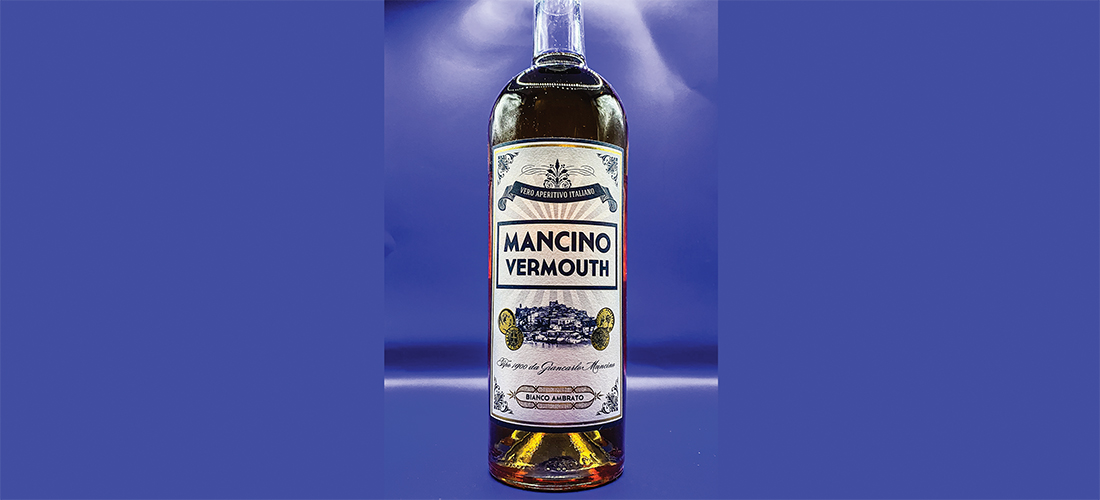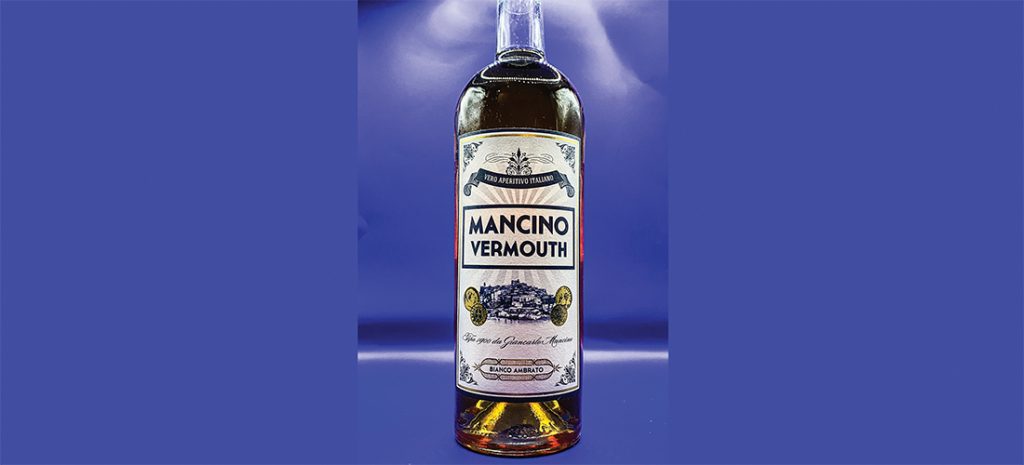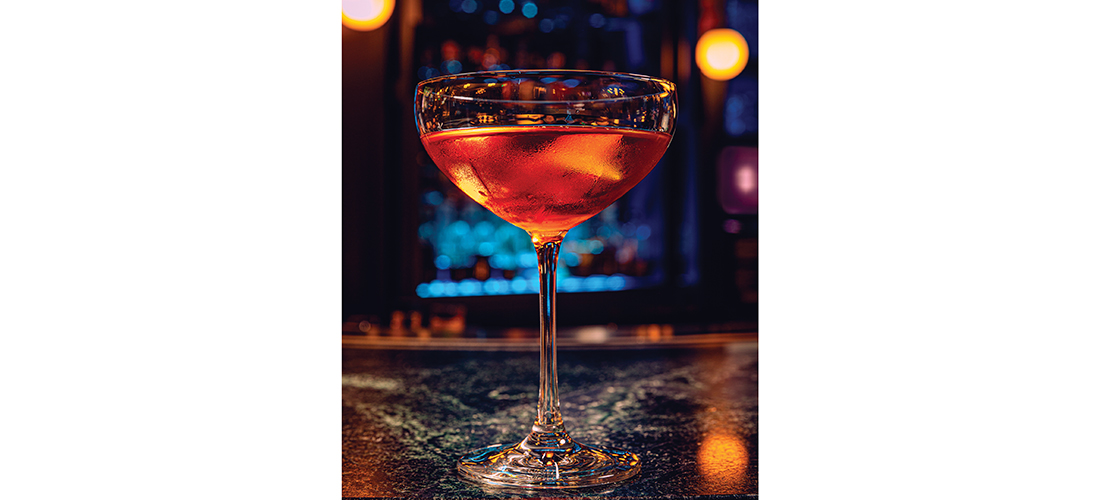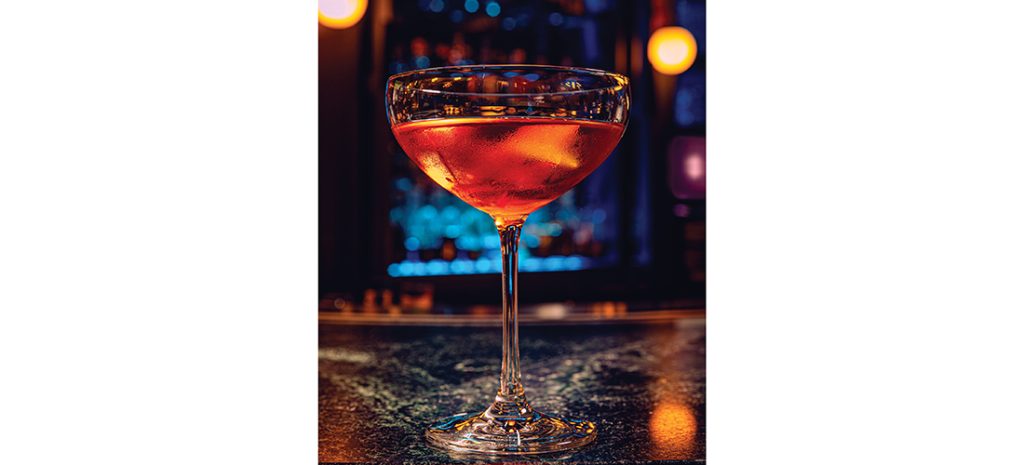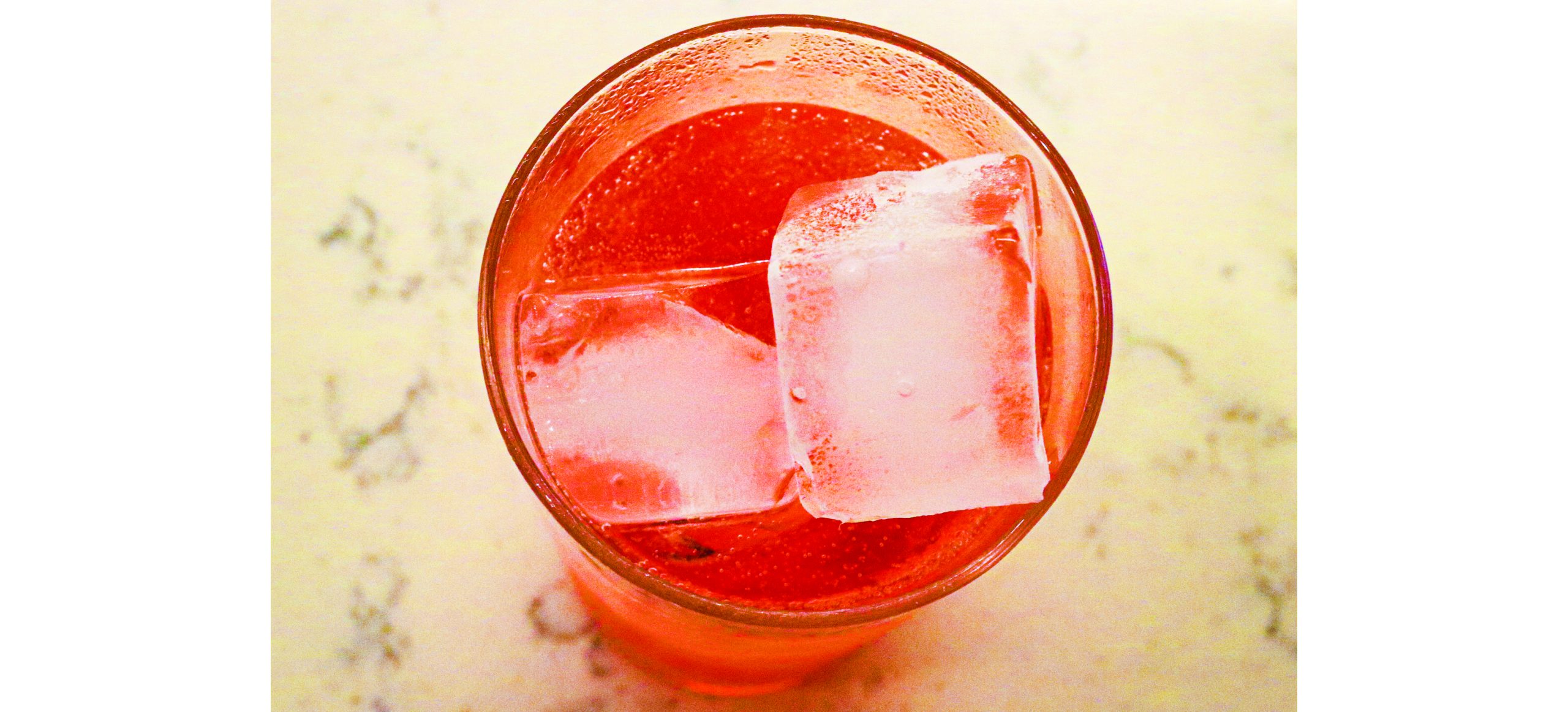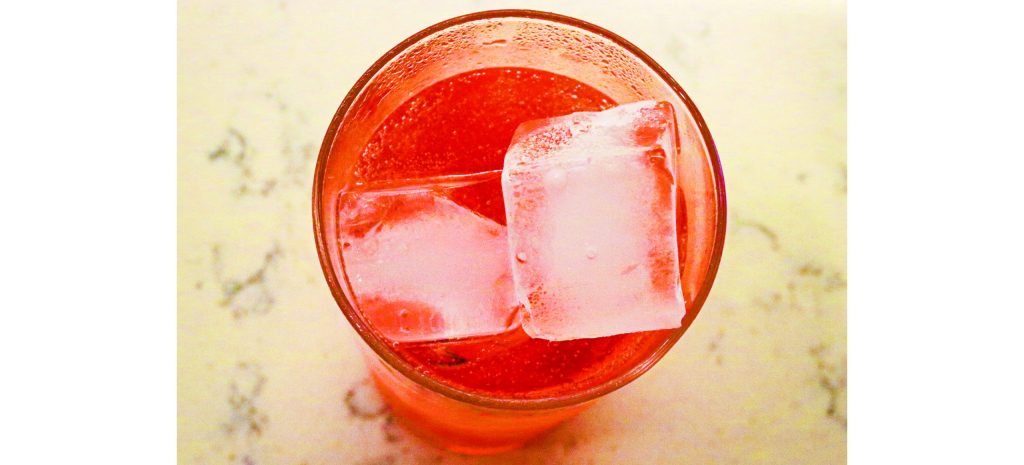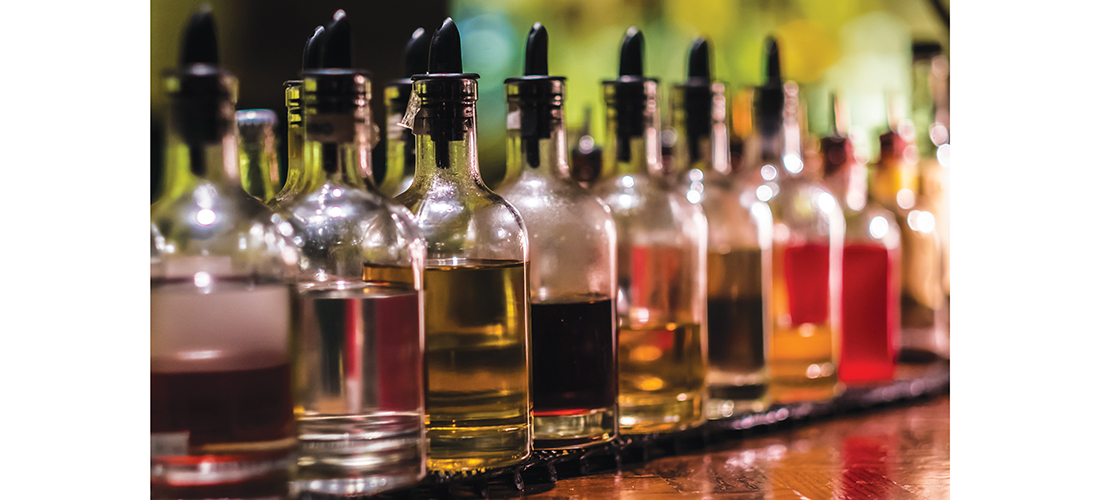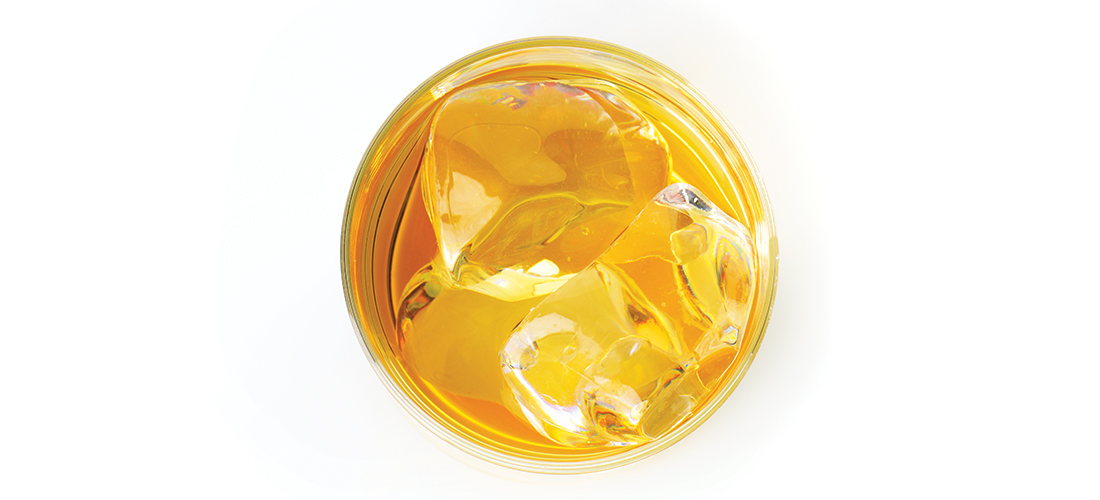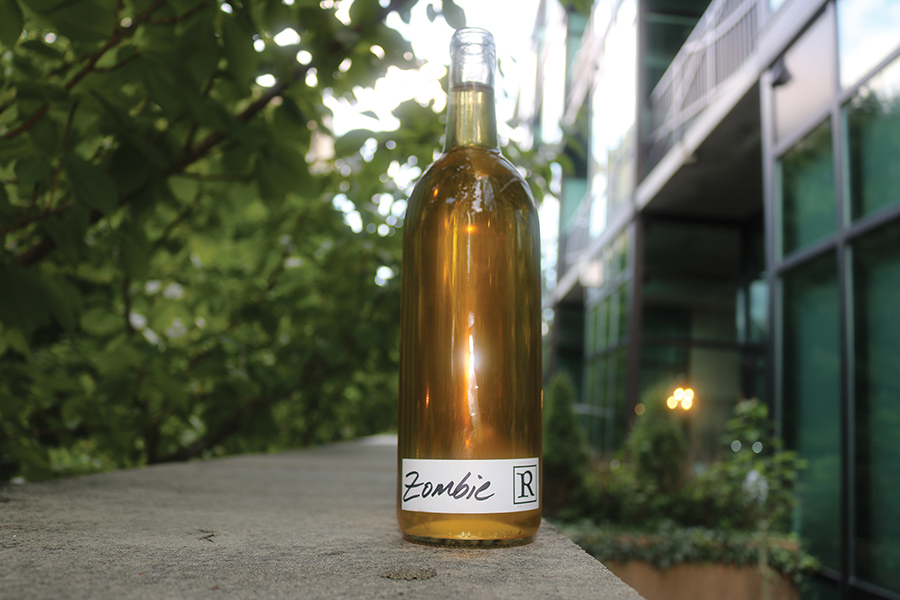In the Spirit
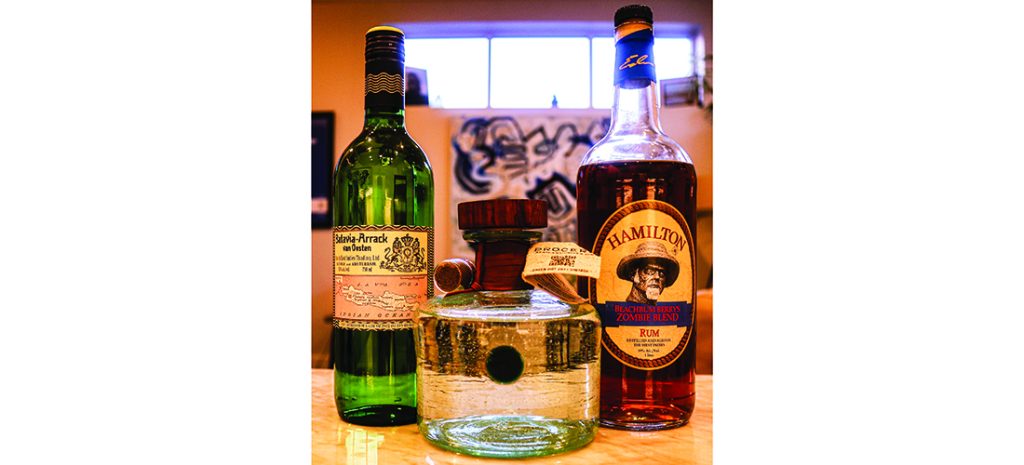
Ain’t No Cure for the Summertime Blues
Except a new bottle of booze
By Tony Cross
It was my birthday last month so, to treat myself, I ordered a bunch of rum online. I’ve been on a tiki kick lately, making “how-to” videos for my social media pages. Plus, picking out a few new spirits keeps me inspired. The same week my pallet of liquor arrived on an 18-wheeler, a dear friend also gifted me a trio of super unique gins from Africa. So, let’s dive right into three different styles of spirit that could pique your interest.
Batavia-Arrack von Oosten
It’s not that I’ve never held onto a bottle of arrack or anything, but for its backstory spirit historian David Wondrich has us covered. In his book Punch, he writes that arrack was “derived from the Arabic word for ‘sweat’ or ‘juice’ and is generic throughout the Middle East and South, Central and Southeast Asia for a distilled spirit.” Though there are a few different types of arrack, Wondrich says Batavia Arrack von Oosten is the go-to. He goes on to explain how it’s made. “Rice was boiled and molded into cakes. These cakes were put in baskets over a vat, and as they fermented, a liquid dripped into the vat. That was collected, mixed with almost double its volume of molasses and a splash — less than a tenth of its volume — of palm wine, presumably to aid fermentation.”
But how does it taste and how do you take it? It’s like a rum. It’s funky, that’s for sure. But it also has a little bit of smoke. Perfect for a punch or a South Seas Swizzle, the specs courtesy of the importer, Haus Alpenz.
South Seas Swizzle
2 ounces Batavia Arrack van Oosten
1/2 ounce lime juice
1/2 ounce green tea syrup*
1 dash Regan’s Orange Bitters
Add all ingredients in a tall glass and fill halfway up with crushed ice. Using your hands and a swizzle stick, move the stick left to right quickly with the palms of your hands, integrating all ingredients with ice for about 15 seconds. Fill the rest of the glass with crushed ice. Add fresh mint and grate nutmeg over the cocktail.
*Bring 1 cup of water to a boil and add 2 tablespoons of loose-leaf green tea. Let steep for 5 minutes. Strain tea and add 2 cups of sugar. Stir until sugar completely dissolves. Put in glass container and refrigerate for up to a month.
Hamilton “Beachbum Berry’s Zombie Blend” Rum
Hamilton is known for having a variety of top-notch rums, and this collaboration with Jeff “Beachbum” Berry is no different. Almost 20 years ago, Berry uncovered the original Zombie cocktail recipe, and published it in his book Sippin’ Safari. “Fourteen years later,” as his website reveals, “Ed Hamilton — the swashbuckling Caribbean trader turned crusading ‘pure rum’ importer and blender — was drinking with the Bum at Latitude 29 [Berry’s tiki bar] when our talk turned to the challenge of recreating the complicated exotic cocktails of the last century. Over the next two years we experimented with umpteen rum mixes trying to create a one-bottle blend that could reanimate your Zombie.” This rum is most definitely high-test, coming in at 59 percent ABV, and blends the holy trinity, if you will, of rums: Jamaican, Puerto Rican and demerara. Sugar, spice and everything nice is in this bottle. And though you can mix up a ton of different tiki cocktails with it, let me leave you with what it was originally intended for, the Zombie.
Zombie
2 ounces Beachbum Berry’s Zombie Rum Blend
3/4 ounce lime juice
1/2 ounce grapefruit juice
1/2 ounce falernum
1/2 ounce cinnamon syrup
1/4 ounce grenadine
8 drops Pernod (or absinthe)
4 dashes Angostura bitters
Power blend with 3/4 cup crushed ice for no more than 5 seconds. Pour into a tall glass and add ice to fill. Garnish with mint. Freaking yum.
Procera African Juniper Gin (Green Dot 2021 Vintage)
As I mentioned earlier, this gin — along with the Blue and Red Dot vintages — was gifted to me by a friend who’s a badass bartender and collector of spirits. In order for a gin to be “gin” it must contain juniper. Almost all gins on the market have juniper blended with many other spices and citrus peels. The Green Dot Procera Gin only has juniper. That’s it. Technically, it contains the young foliage tips, fresh “never-dried” berries, toasted heartwood and dried berries. Before I tried this for the first time, I thought, “not sure how there’s going to be a lot going on with this one.” I was so wrong. It’s the best gin I’ve ever had in my life. I can’t even describe to you what I tasted, but there’s a small note that accompanies the bottle and they nail it: “It starts with a creamy, rich mouthfeel from fresh, never-dried, Juniperus procera berries. Then, the leaves impart a piney, sap-like note on the mid-palate, before toasted heartwood delivers a dry, complex, almost spicy finish.” In-freaking-deed. Even though I haven’t mixed one for myself yet, I recommend having a martini with this. I’m making mine this weekend.
Martini
2 1/4 ounces Procera Green Dot Gin
3/4 ounce Dolin Dry vermouth
Combine the gin and vermouth in a chilled stirring vessel. Add ice and stir until proper dilution has occurred. Strain into a chilled martini or coupe glass. Garnish with whatever you’d like, but I’m going with a lemon peel, expressing the oils over the cocktail before adding it to the drink.
Quick tip: Put your gin, or at least the 2 1/4 ounces of it, in the freezer before mixing. You want your martini piercingly cold. PS
Tony Cross owns and operates Reverie Cocktails, a cocktail delivery service that delivers kegged cocktails for businesses to pour on tap — but once a bartender, always a bartender.

